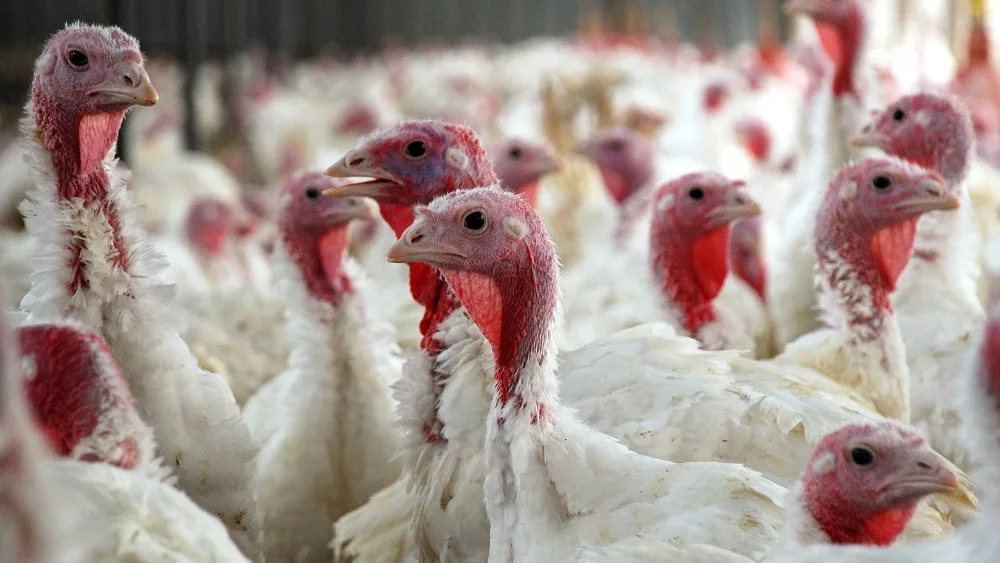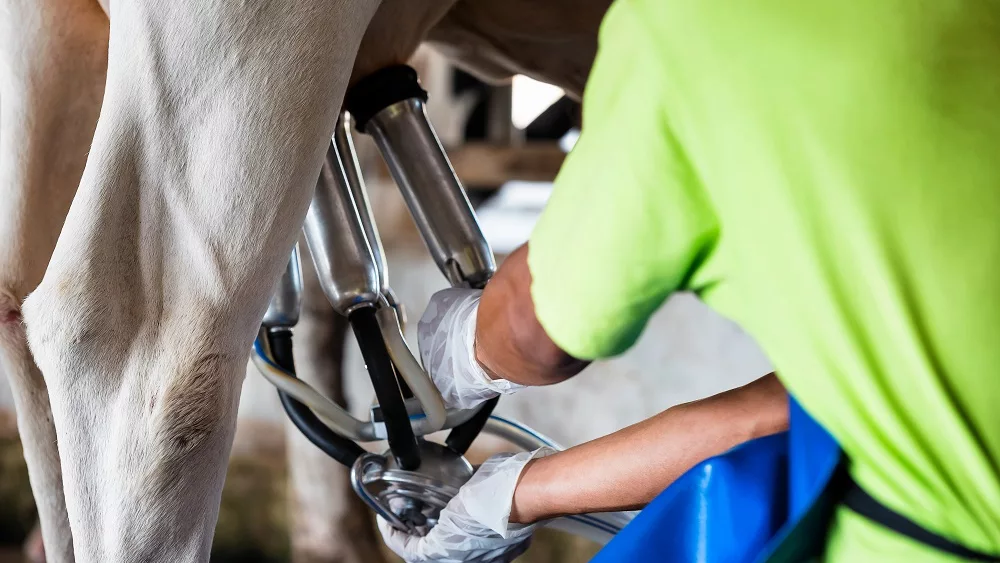 As summertime brings families and friends together for outdoor celebrations, the U.S. Department of Agriculture (USDA) is encouraging you to make sure your summer festivities are food safe.
As summertime brings families and friends together for outdoor celebrations, the U.S. Department of Agriculture (USDA) is encouraging you to make sure your summer festivities are food safe.
Whether you’re grilling burgers, camping, or having a picnic, everyone should always remember to practice proper handwashing and use a food thermometer.
After observing that consumer behavior in test kitchens revealed that people are skipping basic food safety practices, USDA is concerned that consumers are not doing enough to reduce the risk of foodborne illness.
“Our research shows that participants were not adequately washing their hands or using a food thermometer,” says USDA Deputy Under Secretary for Food Safety Sandra Eskin. “Summer is a time to relax and enjoy delicious meals with friends and family but foodborne pathogens never rest. Following safe food handling practices during this and all other seasons can reduce the risk of you and your loved ones getting sick.”
USDA encourages all Americans to follow these food safety tips to keep you and your family foodborne illness free this summer.
Wash Your Hands
Inadequate handwashing is a contributing factor to many illnesses, including foodborne illness. It is important to follow proper handwashing steps before, during, and after preparing food to prevent bacteria from transferring from your hands to your meal.
Recent USDA consumer research (Jan. 2020-2021) showed that 56% of participants didn’t attempt to wash their hands during meal preparation. This is a major drop in handwashing attempts from prior years’ research. In year 3, this figure was 71% and in year 2 it was 74%.
In addition to low attempts at handwashing, roughly 95% of participants failed to wash their hands properly. The most common reason in the study for unsuccessful handwashing was failing to rub hands with soap for at least 20 seconds, followed by not wetting hands with water as a first step.
There are five steps for proper handwashing: wet hands, lather with soap, scrub for 20 seconds, rinse, and dry.
Use a Food Thermometer
Don’t forget to bring a food thermometer to your summer activities. Always use a food thermometer to check the internal temperature of your food to determine if it is safe to eat. Insert the thermometer into the thickest part of the meat, through the side, for the most accurate temperature reading. In the study, only 55% of participants used a food thermometer to check the internal temperature of the hamburgers and sausages they were cooking. Use a food thermometer to ensure the following foods have reached their safe internal temperature:
- Beef, pork, lamb and veal steaks, chops and roasts: 145 F with a 3-minute rest
- Fish: 145 F
- Egg dishes: 160 F
- Ground meats (beef, pork, lamb and veal): 160 F
- All poultry (whole or ground): 165 F
Avoid Cross-Contamination
While preparing your meal this Memorial Day, be sure to keep your raw meat separate from your fruits and vegetables. Raw meat and poultry can carry bacteria that causes foodborne illness. To reduce the risk of cross-contamination, USDA recommends using separate cutting boards: one for raw meat and poultry, and another for fruits and vegetables.
In this study, cross-contamination was prevalent. Across all participants:
- 32% contaminated their plates and cutting boards while preparing food.
- 28% contaminated their kitchen sinks.
- 12% contaminated spice containers.
- 8% contaminated the cupboard handles in their kitchen.
These findings are part of a multi-year, mixed-method study that USDA’s Food Safety and Inspection Service (FSIS) commissioned to evaluate various consumer food handling behaviors. The study uses test kitchens, focus groups, and nationally representative surveys to better understand food safety practices and experiences with food recalls, foodborne illness, and FSIS food safety resources. More information about this study is available in an executive summary.
For more food safety information, call the USDA Meat and Poultry Hotline at 1-888-MPHotline (1-888-674-6854), email MPHotline@usda.gov or chat live at ask.usda.gov from 10 a.m. to 6 p.m. Eastern Time, Monday through Friday.




